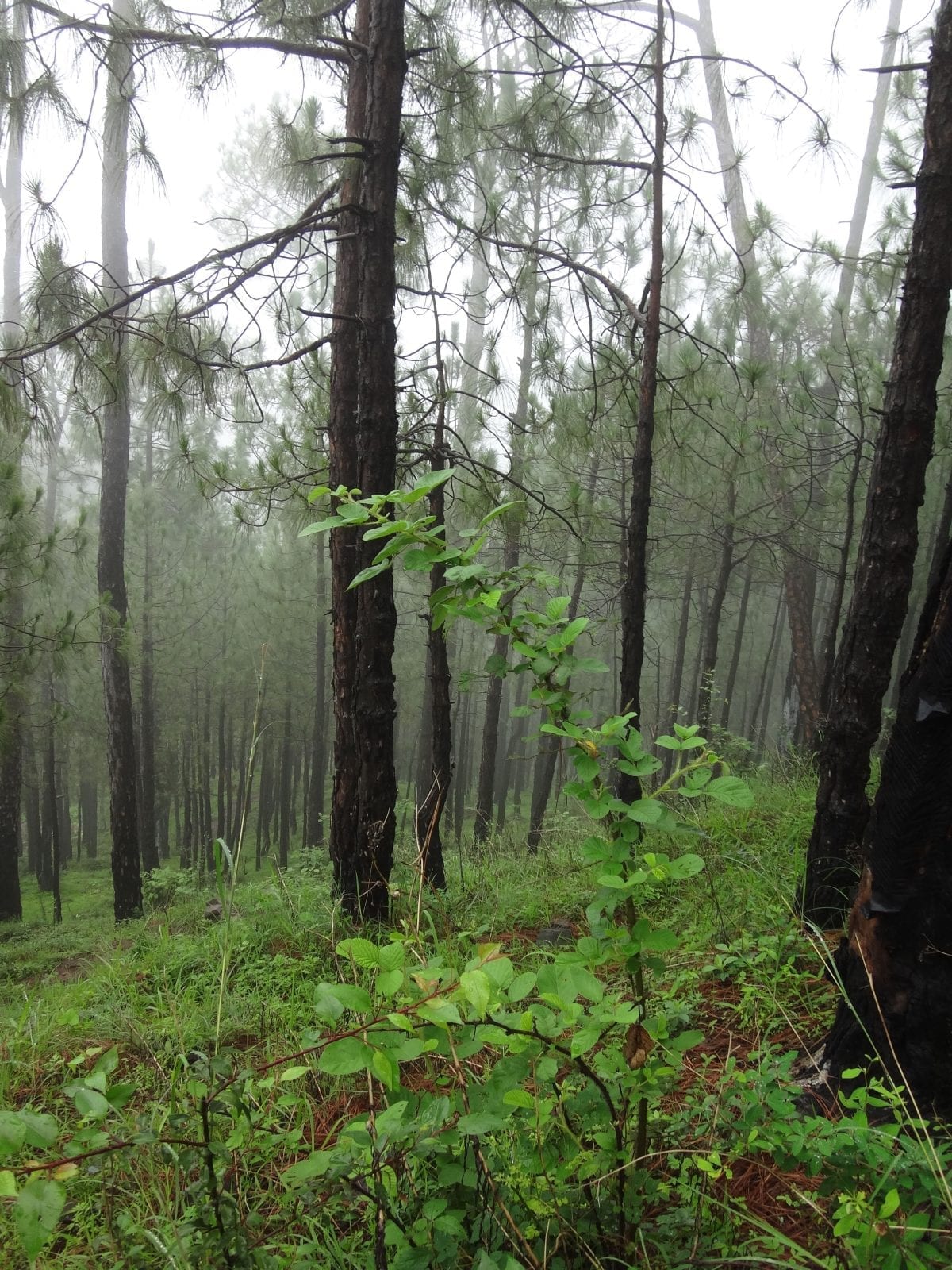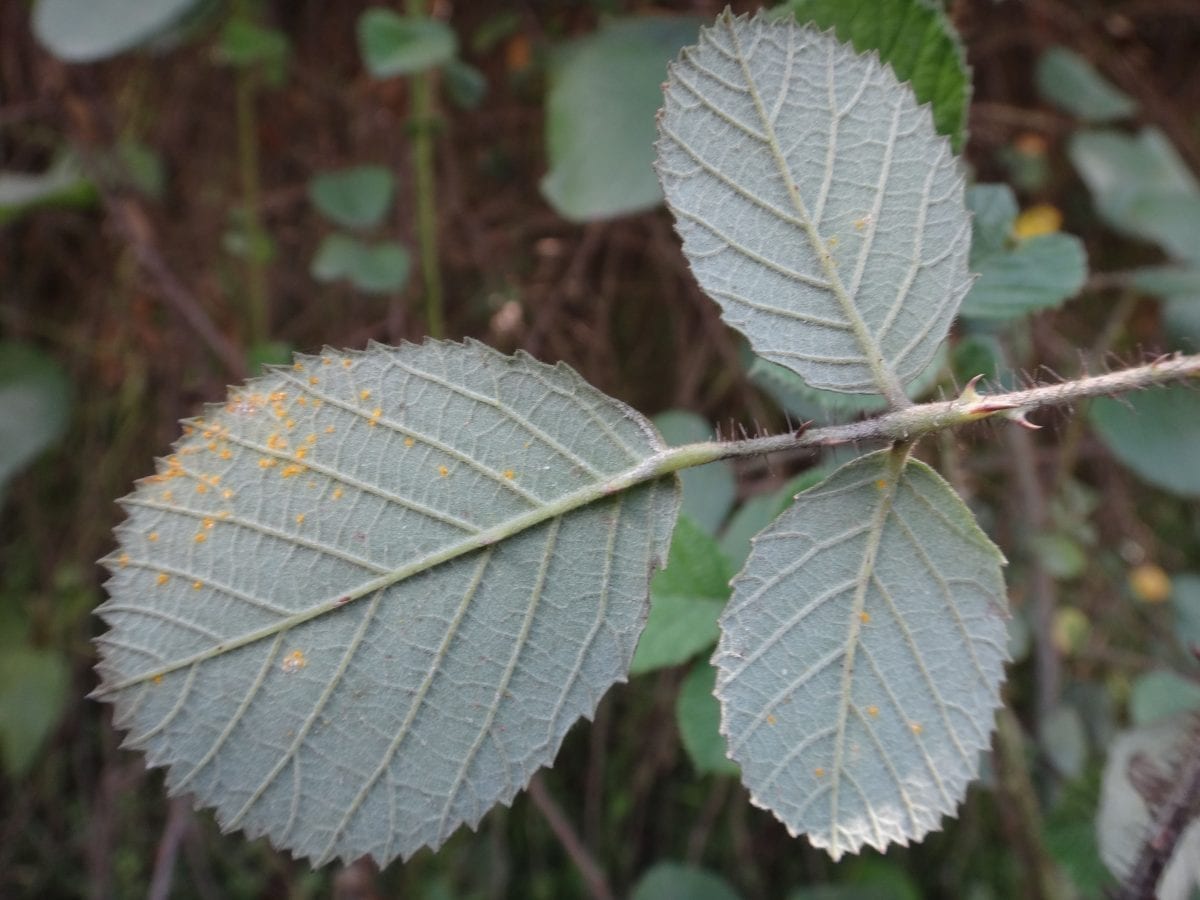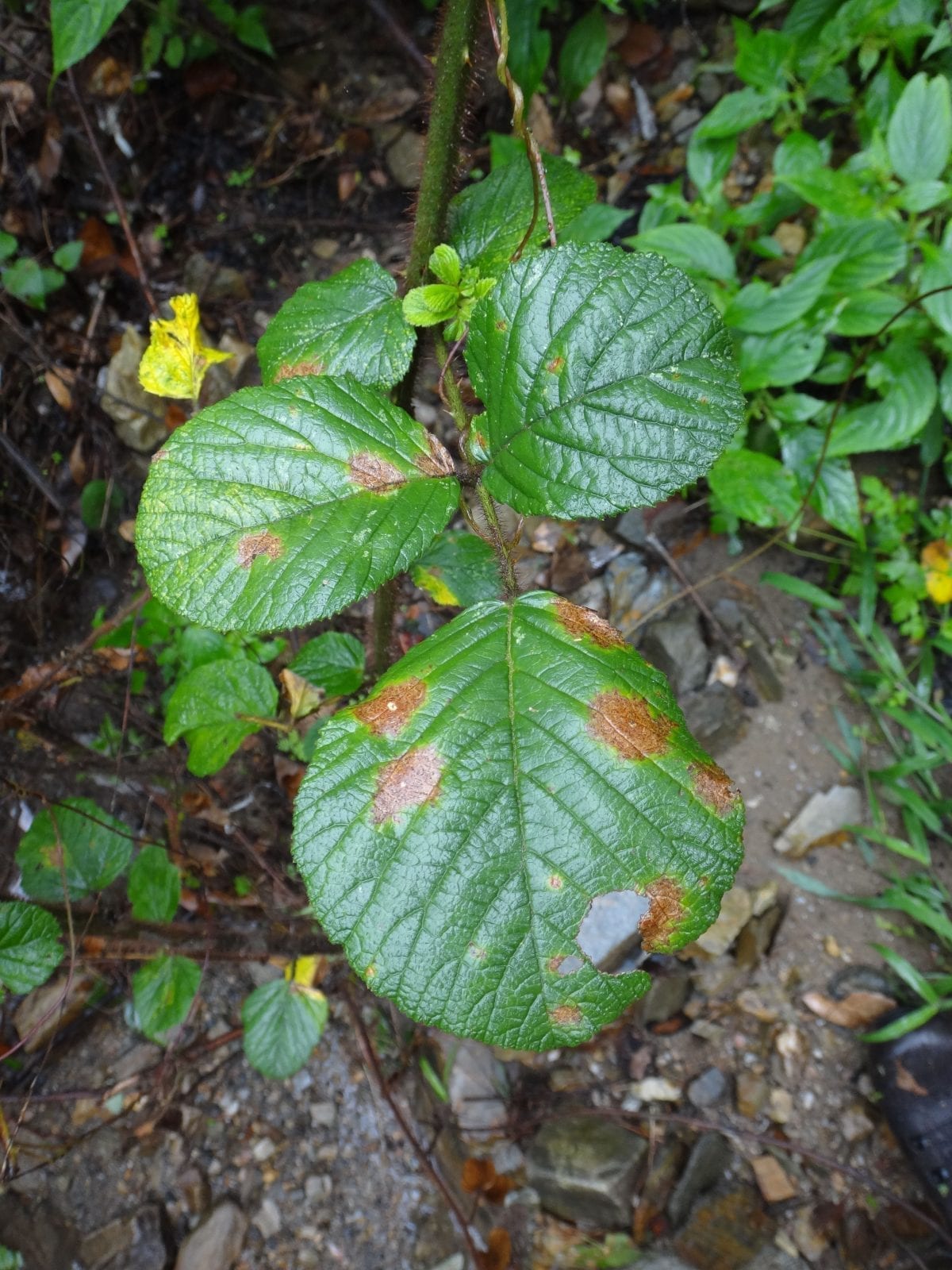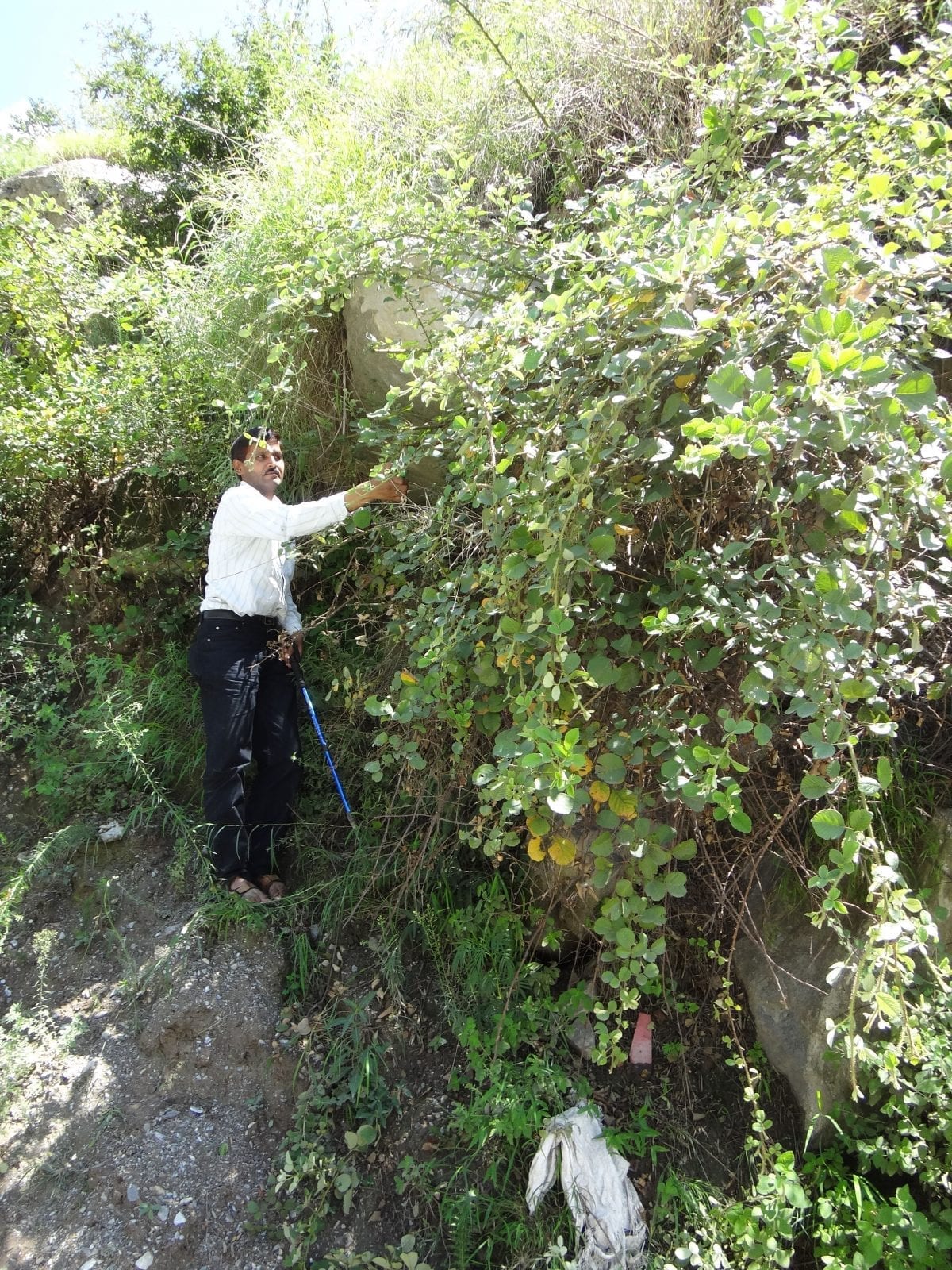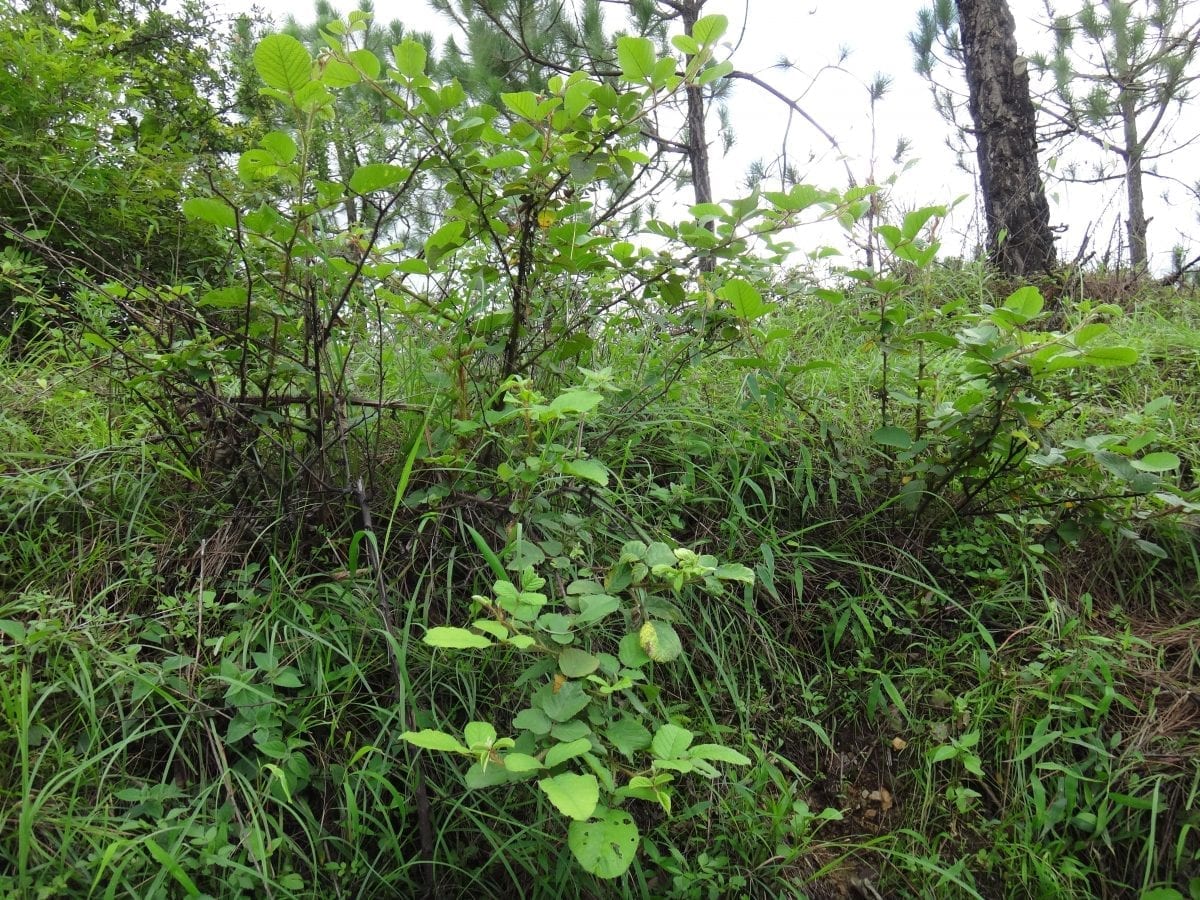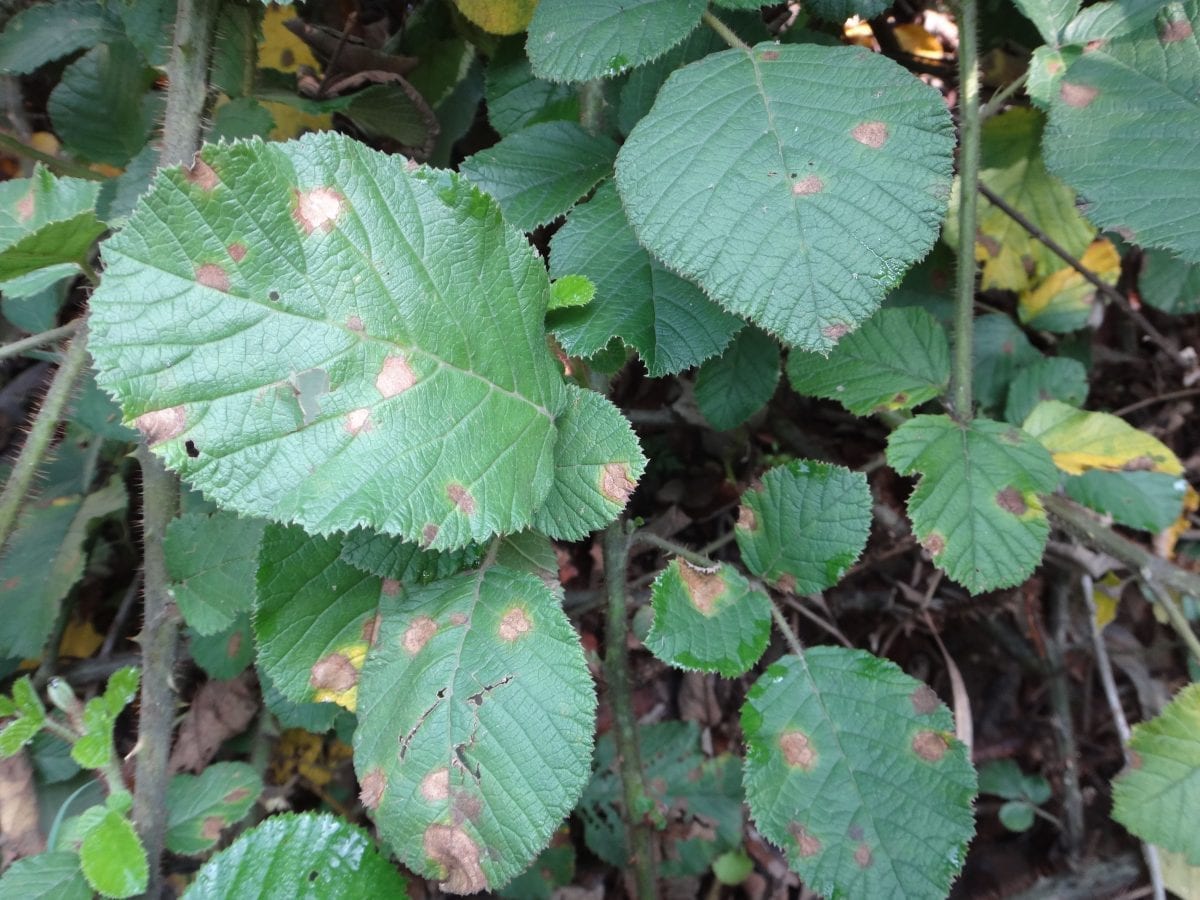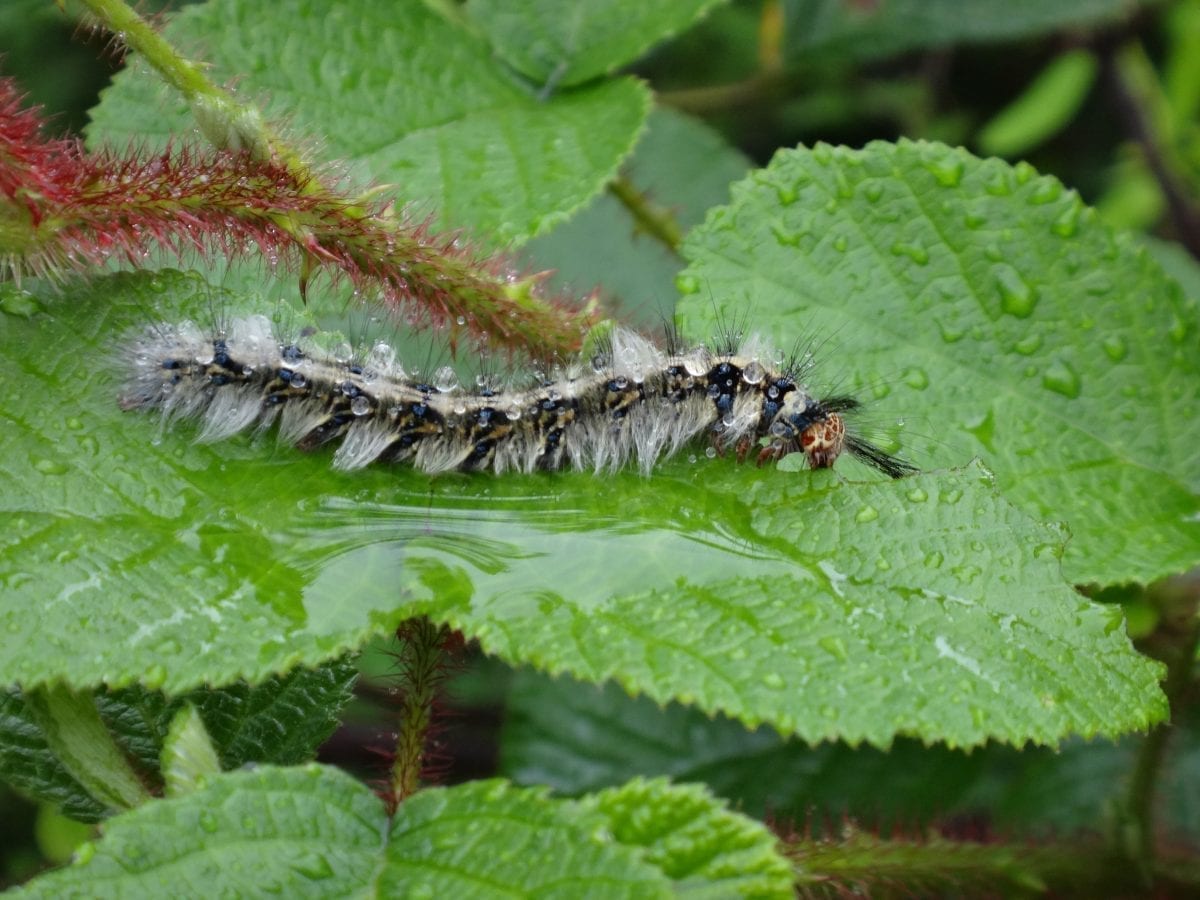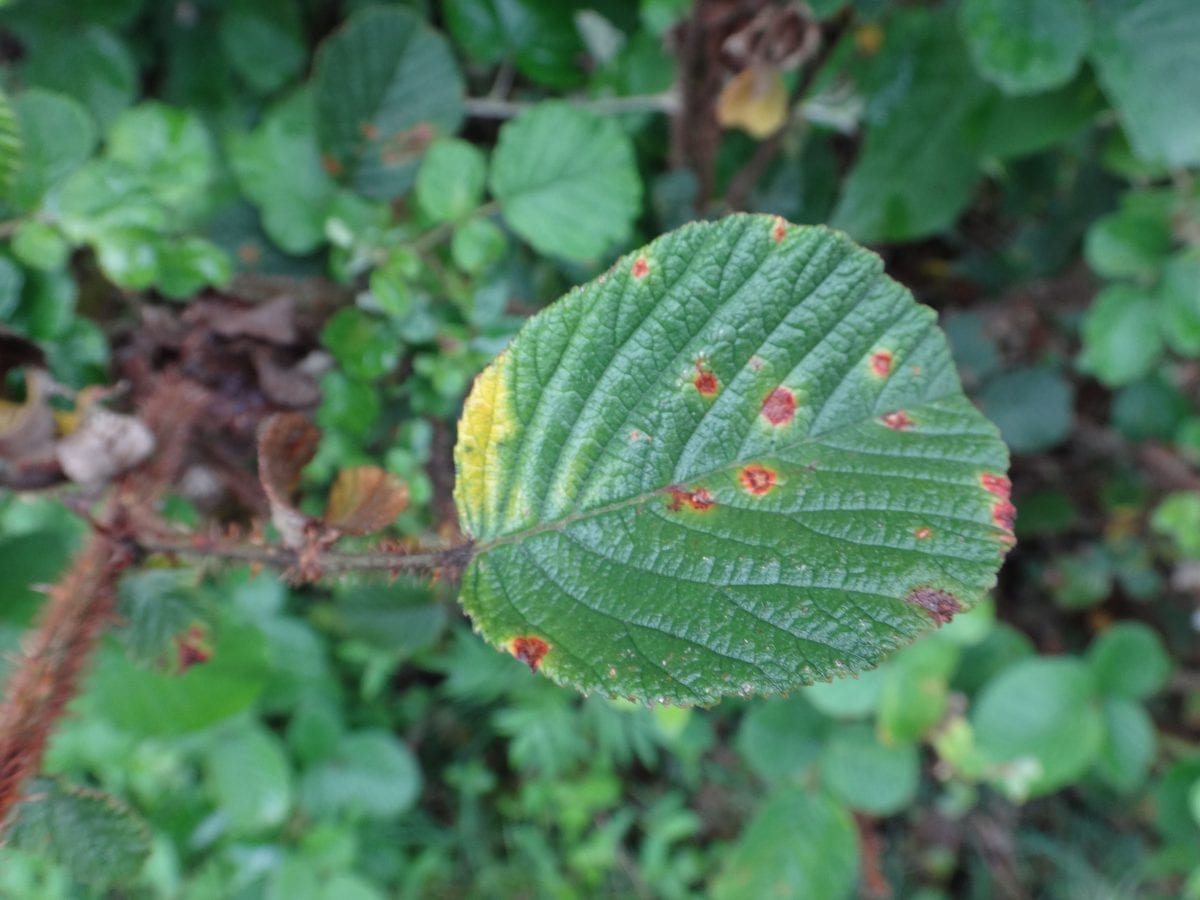Finding a biocontrol for Himalayan raspberry
Yellow Himalayan raspberry is a major threat to native Hawaiian forests. A single plant can grow into a 4m tall impenetrable thicket, and its aggressive growth and rapid colonization enables it to outcompete native species. Current control methods are both labour intensive and costly. The aim of this project is to find biological control agents (both arthropod and fungal) from the plant’s native Indian and/or Chinese region of the Himalayas to control its spread in the Hawaiian introduced range.
India
United Kingdom
United States
Project Overview
So, what’s the problem
Rubus ellipticus var. obcordatus, or yellow Himalayan raspberry, is regarded as one of the world’s 100 worst invasive species and is a major threat to native Hawaiian forests. A single plant can grow into a 4m tall impenetrable thicket, with its main stem exceeding 10cm thick. Its prickles and sturdy stems make it extremely unpleasant for livestock and humans alike.
Native to the tropical and subtropical Himalayan region (ie India, China), yellow Himalayan raspberry was first introduced to Hawai’i in the early 60s and began to naturalize in the vicinity of Volcano in Hawai’i. It has been spread by birds and humans to the outskirts of Hilo and as far as Laupahoehoe. In addition to being a weed of pastures and disturbed areas, it demonstrates an alarming ability to deeply invade pristine wet forests such as the Olaa Tract of Hawai’i Volcanoes National Park.
Its aggressive growth and rapid colonization enables yellow Himalayan raspberry to outcompete native species, and its impenetrable monocultures and the extensive root system are degrading existing pristine natural habitats. Its method of seed dispersal also allows it to spread rapidly and current control methods are both labour intensive and costly.
What is this project doing?
To remedy this situation, a team from CABI is aiming to find potential biological control agents (both insect or fungal) from the Indian or Chinese region of the Himalayas which are damaging to Himalayan raspberry, but do not attack other plant species. An initial scoping study evaluated the potential for using biological control for yellow Himalayan raspberry. In parallel, we carried out extensive reviews of natural enemies recorded on yellow Himalayan raspberry in the plant’s area of origin, using published literature, CABI databases and our unique herbarium data.
The team conducted several surveys in the Indian region of the Himalayas, first in collaboration with the National Bureau of Plant Genetic Resources (NBPGR) and later with the National Bureau of Agricultural Insect Resources (NBAIR), to assess and collect potential agents. Specimens of collected species were sent for identification to the appropriate Indian depositories: New Delhi and Bangalor (insects) and Mau and New Delhi (fungal pathogens). Following formal identification, we applied for and were granted with an official license to export four prioritized insect species to CABI’s quarantine facility in the UK in order for us to undertake any potential further research. Two surveys to compile comparative data of natural enemies were also conducted in China.
Results
The first survey for natural enemies of Rubus ellipticus var. obcordatus was conducted in the Indian Himalayas in 2012. There, the plant is prevalent in a variety of habitats including forests, grasslands and fringes of high altitude meadows. The team sampled distinct populations and collected numerous invertebrate and fungal species, some of which were visibly highly damaging to the plants.
In 2014/15 further surveys were conducted in the same region and, additionally, the Nilgiri Hills of southern India. Based on formal identification by Indian taxonomists, field observations and literature searches, seven insect species, including a leaf rolling moth and five genera of a beetle species, as well as a rust and a leafspot fungus were prioritized for further assessment as biocontrol agents.
In 2016, an export permit to the UK was officially granted by the Indian authorities for four of the insect species. Following a survey conducted in Shimla region, Himachal Pradesh, in 2019, the selected species were exported, but unfortunately, insect numbers were too low to establish cultures for further testing.
Surveys conducted in the Chinese provinces of Yunnan, Guizhou and Sichuan in 2014 and 2019 prioritized two beetle species, a sawfly, a tortricid moth as well as a rust and a leafspot pathogen as potential biocontrol agents. Out of these, the Pseudocercospora leafspot has undergone preliminary host-range testing against Hawaiian key non-target species. The pathogen was found to be able to infect the native Rubus species R. hawaiiensis. Molecular work is currently also underway to better understand from where in the native range the introduction of Himalayan raspberry to Hawaii was made. This work includes herbarium specimens provided by Royal Botanic Garden Edinburgh and Kew Gardens and will allow for future, more targeted survey work and collections of prioritized, as well as additional, insect and pathogen species which will be done in collaboration with Indian and Chinese partner organizations.
Project Manager

Marion Seier
Senior Plant Pathologist; Team Leader - Invasive Species, UK
CABI, Bakeham Ln, Englefield Green, Egham TW20 9TY, UK
Partners
Academy of Forestry and Grassland (YAFG), China
Indian Agricultural Research Institute (IARI), India
Indian Council of Agricultural Research (ICAR)
National Bureau of Plant Genetic Resources (NBPGR)
National Bureau of Agricultural Insect Resources (NBAIR), India

